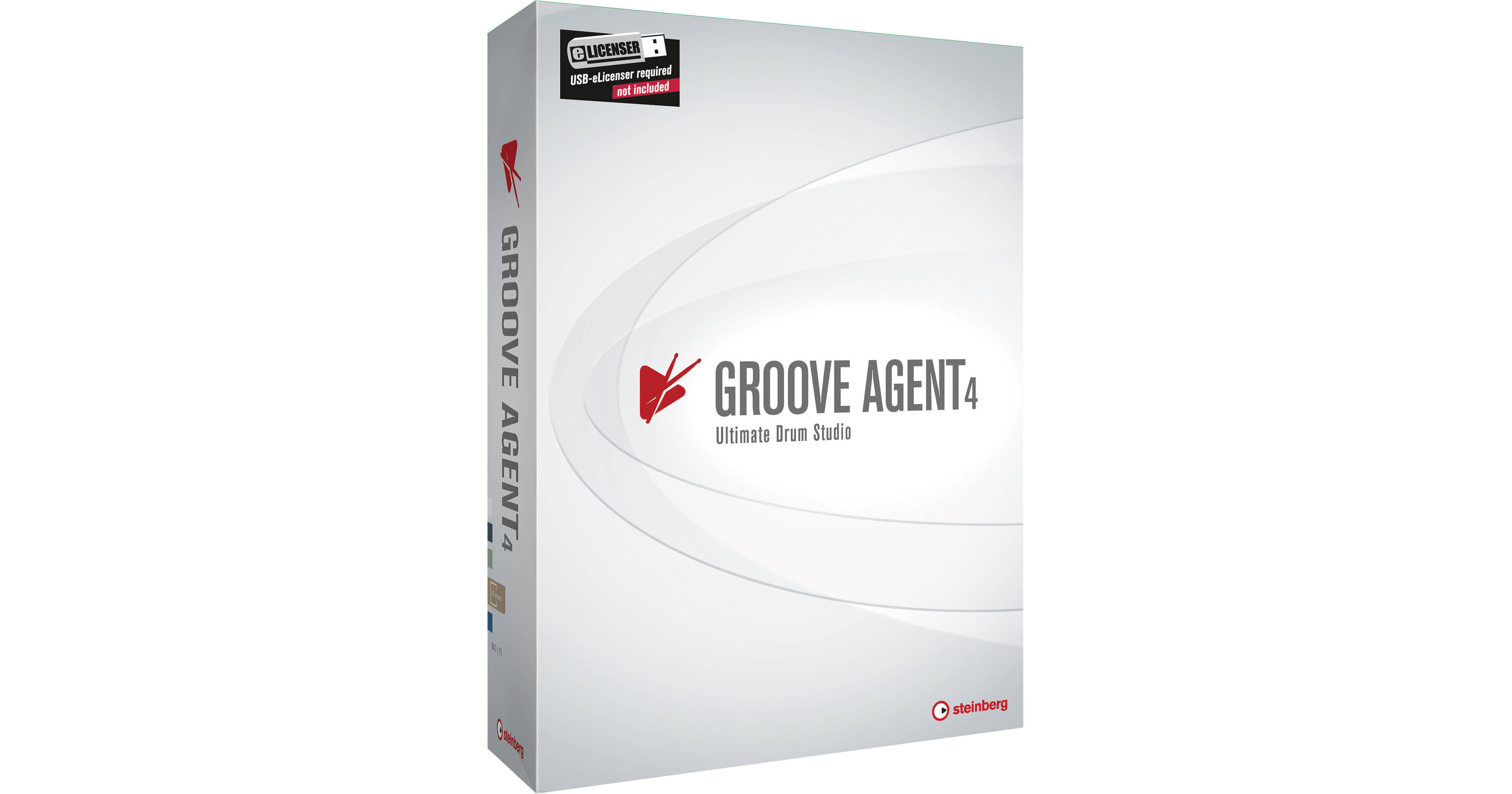

Sync Group cannot be deleted within 3 minutes of uninstalling/stopping the agent Description/Symptoms Unregister this database from local agent, and then proceed to delete the agent.Ģ. Resolution/Workaround : Create a local database with the same name as the one that cannot be reached, Unregistered too, because during unregistration process, local agent tries toĬonnect to database which cannot be reachable. Process tries to reach the database, which fails.

Registered with the agent and when you try to delete the agent, the deletion Local Agent cannot be deleted if its associated on-Premise database is unreachableĭescription/Symptoms : If a local end point (database) that is registered with a local SQL Azure Data SyncĪgent becomes unreachable, the local agent cannot be deleted.Ĭause : The local agent cannot be deleted because the unreachable database is still In Ableton, the groove will appear in Groove Pool menu under the same name as the clip.1. You can also extract a groove files from samples. If you recorded a great keyboard section, for example, you can use that as the template for your drums or bass patterns. This will tighten things up while keeping some personality from the original.Īnother way to approach groove is by extracting the template from live recorded drums or other instrument parts. If your recordings are too loose, apply quantization at 25–50%. Instead of inputting notes via step-time, try to play them out on your MIDI keyboard or sampler. Whenever you can, let your own natural groove into your production. If the music you make demands quantization, find other ways to spice up your programmed patterns-either through syncopation or placement of drum sounds. The swing settings offered by modern DAWs can quickly inject sequences with sophisticated rhythmic energy and feel. The intensity, velocity, timing and randomness of a swing file can be adjusted to your liking. Rather than a global swing value, each sound will have it’s own, offering more rhythmic possibilities. You can also separate the individual sounds of your drum rack to different tracks.

Although swing can be applied to any instrument, it is mainly used in reference to drums, which will be the focus of the following audio examples.

Today, all DAWs come with editable swing parameters used to approximate organic sounding, unquantized music. The Linn LM-1 was the first drum machines to incorporate swing (called ‘shuffle mode’) proving that machines can groove too. By the 1980s, drum machines featured swing settings that could produce loose and lively grooves.
#Live to host groove agent 4 skin
Bandleader and American pianist Duke Ellington championed swing, on full display in his song “ Skin Deep” (skip to 30 seconds for the drums). Swing dates back to the 1930s, when it was originally considered a jazz genre and playing style that emphasized slightly delayed 1/8 notes. In some musical styles, like Detroit electro, this kind of machine-like accuracy is helpful, whereas others seem to work better with rhythmic variation. Without any swing, a sequence is considered “straight”-the individual notes are evenly spaced and quantized. The further you push a sequence off grid, the more swung it is. In electronic music production, swing has to do with how far a sequence deviates from the metronomic grid. Groove is a feeling, a vibe, a special quality that makes music sound good.Įven though the concept of groove seems elusive, it can be broken down into concrete terms using two key DAW features: swing and syncopation. What is groove, exactly? As music producers we talk about groove all the time, but it can be difficult to explain in great detail.


 0 kommentar(er)
0 kommentar(er)
